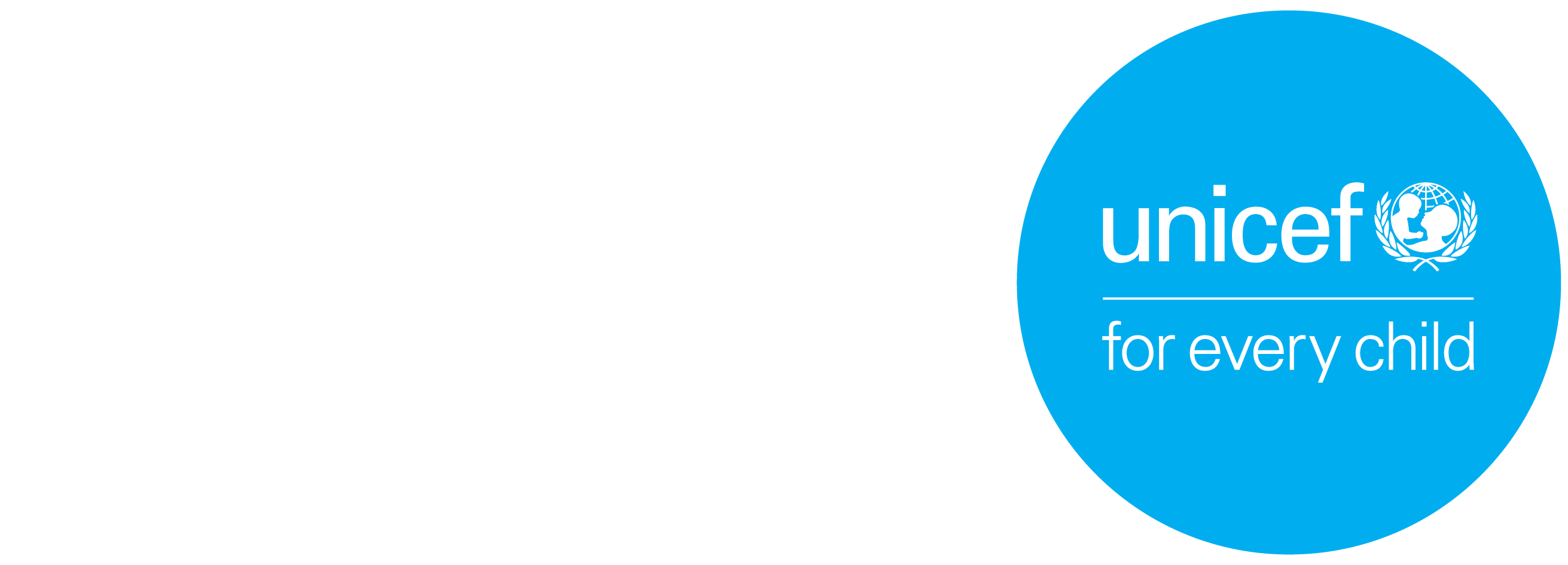
Dedicated mentors from partner: Jussi Kivipuro, Radha Kulkarni, Florian Morales
Imagine a world where investors' decisions positively impact the lives of children around the globe! UNICEF's Innovative Finance Hub is crafting the groundbreaking Child Lens Investing Framework (CLIF) and a toolbox that'll revolutionize how investors contribute to children's wellbeing.
Our mission? Illuminate the life-changing effects of these investments on children! We'll be venturing around the world, showcasing the CLIF to investors and revealing what it means to target children's interests. Our goal is to captivate investors and political leaders' attention for 1-3 minutes with an unforgettable demo.
Picture this: Investors witnessing the tangible impact of CLIF on children's lives through the eyes of a child! We're envisioning a Virtual Reality or Metaverse demo that immerses them in the awe-inspiring experiences of the children they're uplifting.
Together with your team members, you will create a demo that shows how investments aligned with UNICEF's guidelines can change the life of a child.
When responding to this challenge, you may (but are not required to) consider the following:
Your challenge is to identify a suitable solution that works for the above set up.
For additional resources you could conduct an internet search to gather relevant information that may be useful. Potential search keywords could include:
Child-lens investing: practical example
What does a world where children and their community look like? It is a world where the investment community considers them and impacts them positively directly or indirectly through their financial decisions.
For ease of clarification, let’s look at two scenarios: one day in the life of a child, in an environment where investments are not aligned, and an environment where they are.
WIth no child-lens investing (status quo) (NOTE: we highlight five core areas we want the product to focus on: these are Nutrition, Early Childhood Development (ECD)/Education, Energy/Climate, Housing/Transportation and Health/Water, Sanitation and Hygiene (WASH). We highlight these for you accordingly)
You wake up early, as your house’s windows are broken and the air is cold outside. The dwelling you live in is in poor conditions: the floor is just dirt, there is a single room you share with your family of five and a coal-fueled stove, and there is no toilet: you can only defecate in the open. (ALL OF THESE ARE EXISTING CHALLENGES RELATED TO HOUSING/TRANSPORTATION and HEALTH/WASH)
To go to school, you must walk several miles, as there is no bus or other means of transportation in your town (HOUSING/TRANSPORTATION). School is not much better than home: the floor is just dirt, classes are shared with multiple school grades and supplies (pencils, notebooks, chalk) is almost non-existent. More than 70 children are squeezed together in these rooms, with only three teachers for the entire 300-student body. (EDUCATION). You wished school had a toilet for boys and another for girls, as you consider that as you grow up, this would be important (menstruation, HEALTH/WASH).
By now, you are very hungry. Food at home is usually low in nutrients (think a water-based concoction with a few extra items) and while at school lunch is served, portions are small and not balanced (NUTRITION).
After school, you have to go back home walking, braving dangerous areas of town. You rush to finish homework before night time because there is no electricity at home (ENERGY/CLIMATE). You finally go to bed, but due to a particularly strong storm announced in the radio, you can feel the tin roof giving away, perhaps even tearing apart… (ENERGY/CLIMATE)
With a child-lens investing
You live in an area of town where sustained, responsible investments had made sure to benefit your local community (think how a large investment group prioritizing a
portfolio of renewable energy, agriculture, real estate and transportation companies to invest in, and they conducted a thorough analysis of children’s needs in the area
to ensure all these needs are met as part of their investment allocation).
(NOTE: this is the life of a middle-class child, do not assume an upper class upbringing)
You wake up as always, in a room you share with your sibling. You are annoyed you have a bathroom to share between both. A nutritious breakfast is prepared by your parents, who walk you a few blocks to the bus spot (they don’t have a car and work until late). A vehicle promptly arrives to take you to school, a 20 minute drive. (HOUSING/TRANSPORTATION and NUTRITION)
School begins as usual, and you arrive to your 40-student class for first session. Your backpack is full of notebooks and your new set of stationary. Your teacher has a boring session where you see a bad PowerPoint projected on the screen. (EDUCATION) Between classes you rush to the toilet (there are multiple at school, and differentiated between boys and girls) (HEALTH/WASH). Between classes, lunch served is the same as yesterday: some rice, some fish and some veggies you are forced to eat. (NUTRITION) After classes you train as part of the school’s football team (HEALTH/WASH). You take the bus back home (HOUSING/TRANSPORTATION) and after a shower, you spend two hours doing homework. When night falls, you turn on the lights (ENERGY/CLIMATE). After a long day, you go to bed.
You can check further mixed media produced by UNICEF and other children organizations in this Google Drive
https://photos.unicef.org/C.aspx?VP3=CMS3&VF=Home